Two exhibitions in Tripoli and Florence examine Libyan identity, gauging what to take and what to leave of its colonial past and its ancestral roots, while trying to make sense of the last years of civil war. The Art as Identity show in Tripoli runs through the 20th of March, 2024.
Naima Morelli
A group of men in simple rags and feathers on their heads gather around a small fire. Some have weapons in their hands, while one traces symbols in the sand with a small stick. Their gaze is fixated on the flames, symbolic of destruction, transformation, and rebirth.
This scene that looks frozen in time unfolds on a large figurative canvas, a creation by Shefa Salem, a Libyan artist dedicated to unraveling her nation’s heritage through a fusion of literature, archaeology, and mythology.
Born in Benghazi in 1996, Shefa Salem is one of the three artists participating in the exhibition Art as Identity. The show, curated by Ludovico Pratesi, opened on February 21 in Tripoli, following an earlier iteration in Benghazi, and was conceived as a dialogue between Libyan and Italian artists around heritage, archaeology, history, and a shared sense of identity.
Alongside Salem are two other artists, Italo-Libyan Adelita Husni-Bey and Italian Elena Mazzi, exhibiting photography and video.
Salem’s choice of figuration has a precise intention: “I choose the realistic style because it is close to the people,” she explains. “It’s to the common Libyans that I’m talking with, not to academics or art elites. I want us to get close to each other by knowing our common history as Libyans. This is necessary if we want to move forward collectively.”
Destruction and rebirth marked the history of Libya
Libyan history is a tale of resilience for a nation whose cultural identity has endured numerous cycles of destruction and rebirth, sometimes in accordance, sometimes in clear antagonism, to Western values, but always in search of their own.
Believed by the Greeks to be the birthplace of the Amazons, Libya saw the indigenous Amazigh population coexist with Arabs and witnessed the passage of the Roman Empire.
As historian Federica Saini Fasanotti writes in “Libyans Haven’t Forgotten History,” after the Adwa disaster of 1896, Italy’s colonial policy was weak, and so the time came to do something about it. “Lagging behind the rest of the West, the possession of Libya would put Italy in a favorable position on the Mediterranean chessboard, as well as the international one. At the same time, it would redeem the shame of Adwa. In a world primarily based on geopolitical considerations, this was no small thing.”
Following the Italian-Turkish war (1911-12), Italian troops occupied Tripolitania and Cyrenaica, reaching Fezzan in 1913, but were later pushed back by local guerrillas during the First World War. The colonial project was resumed in 1922, and coincided with the rise of fascism in Italy and the expansionist aspirations of Mussolini, who didn’t want Italy to be “left behind” compared to other European nations. In Cyrenaica, occupation was strongly fought by Senussi leader Omar al-Mukhtār. Only after the mass deportation of the population of Gebel, the Italians captured and sentenced to death al-Mukhtār in 1931.
In 1934 the three Libyan territories were reunited and led by governor Italo Balbo — appointed by Mussolini — who created needed infrastructure but also expropriated Libyans of their land, giving it to Italian settlers.
During the Second World War, Tripolitana and Cyrenaica were occupied by Great Britain and Fezzan by France. By 1949 the United Nations announced January 1, 1952 as the date of future Libyan independence.
Following the horrors of the so-called “pacification” of Libya — which included the use of chemical weapons, concentration camps, and deportation — a form of stability emerged, and cities like Tripoli became multicultural hubs with relative harmony between locals and occupiers, described by novelists like Mahbuba Khalifa and Alma Abate.
All of this was shattered once again by Muammar Gaddafi’s coup.
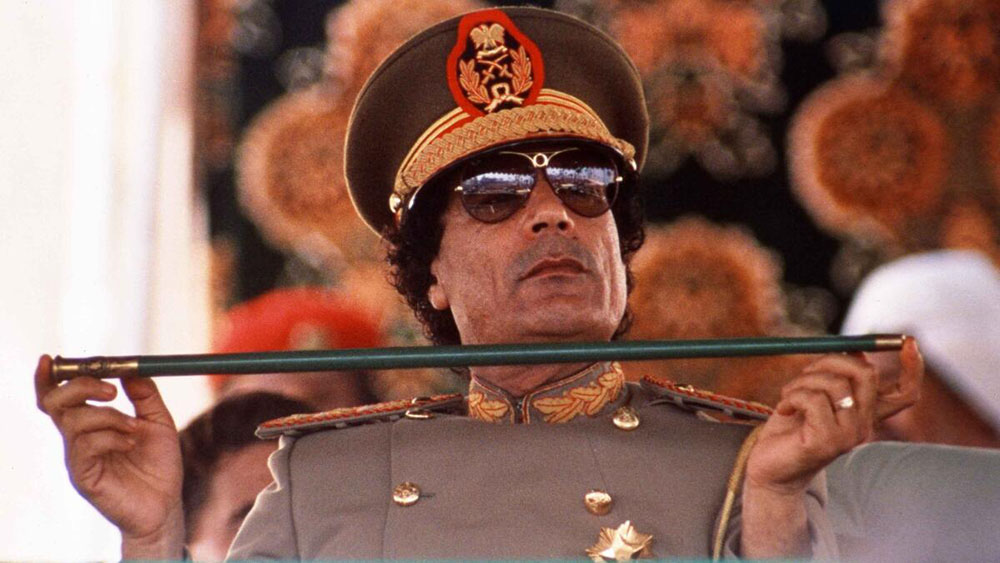
On July 21, 1970 Gaddafi’s revolutionary council issued a law to expel all Italians — an estimated 20,000 — from the country by October of that year. Thereafter, October 7 would be celebrated as the Day of Revenge, a Libyan national holiday.
Gaddafi’s regime not only cleared Libya of Italians and obliterated most traces of Italian colonies, but also flattened local identity. That is, by promoting the unity of all Libyans under an Arab identity, he suppressed the local indigenous population and their cultural expression during his rule. Despite the attempt to establish a new order through the rules in Gaddafi’s Green Book, the country fell into an irreversible, profound cultural void. In the 1970s local non-aligned intellectuals had to flee, and publishing houses and independent cultural initiatives were forbidden.
But if under Gaddafi the country was at least stable, the post-Gaddafi era plunged Libya into another period of turmoil marked by a painful civil war, resulting in the current complex scenario, where we have two rival administrations continuing to compete for control in Libya: the Tripoli-based Government of National Unity (GNU), headed by Abdelhamid Dabeiba, and a parallel body in eastern Libya, the Government of National Stability (GNS), established by the eastern, Tobruk-based parliament, the House of Representatives (HoR). Against the backdrop of war and economic interests, the development of Libya today is chaotic, neglecting essential considerations of cultural identity.
In this fractured society, artists emerge as custodians of forgotten histories, excavating pockets of the past and extracting fragments to carry into the future.
Against this backdrop, two recently opened exhibitions — one in Tripoli and the other in Florence — underscore a commitment to redefining Libyan identity, grappling with the daunting task of discerning what to preserve and what to discard from the nation’s colonial past and ancestral roots.
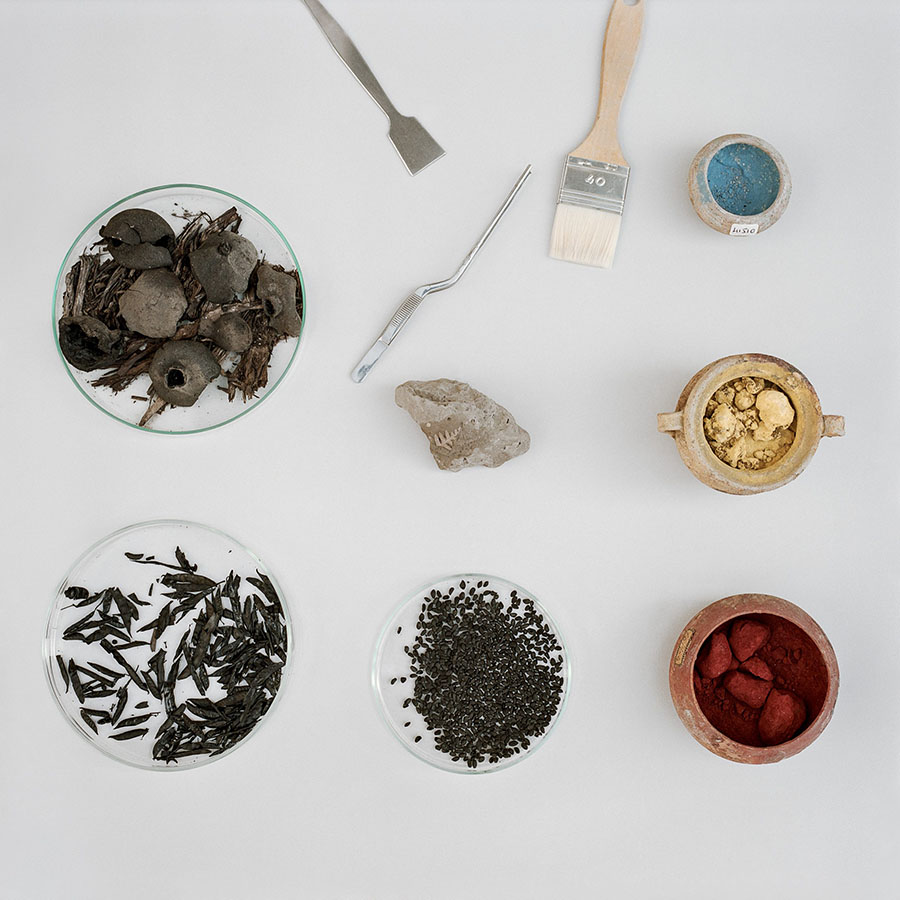
From the passage of Romans in Libya to the asylum seekers
An architect as well as an artist, in Art as Identity Shefa Salem has devoted her latest work to a close study of Libyan heritage, reconstructing and visualizing written literature. Her research is based on archaeological studies and knowledge of local mythology, and converged into a series of canvases called “The Identity Project.”
Her paintings delve into the concept of “Genius Loci,” the spirit of the place, as it relates to Libya’s identity, tradition, people, and landscape. This is an idea that has also been the centerpiece of the research of Elena Mazzi, another artist featured in the exhibition Art as Identity.
In her work, Mazzi tackles the subject of Libya indirectly. Her photographic exploration looks at Pompeii’s archaeological findings through photographs of the workers involved in all parts of the archaeological excavations. Her photographic series is a counterpart of Salem’s archaeological research resulting in her painting. The ideological line connecting the two artists is the Roman Empire, which was in Libya between 146 BC and 672 AD.
Conversely, the second work by Mazzi called “Performing the self — the interview,” co-created with researcher Enrica Camporesi, looks at the ultra-contemporary harsh reality of asylum seekers leaving from, or transitioning by Libya, trying to reach Italian shores.
The video work stages the impossible conversation between a protection officer and an asylum seeker just before the interpreter arrives.
“The interview is a real ‘make or break moment’ in the life of the asylum seeker,” explains Elena Mazzi. “It puts the protection officer under the immense pressure of judging someone else’s future risk of persecution mainly based on his oral testimony, while tolerating the intrinsic uncertainty of such a decision-making process. What might happen before such an overloaded conversation begins?”
“Performing the self — the interview” builds up an imaginary space that redefines the existing protocol of questions and answers, mutual expectations, and power relations. “I think that it questions the complexity of speaking about identity, today as in the past,” concludes Mazzi.
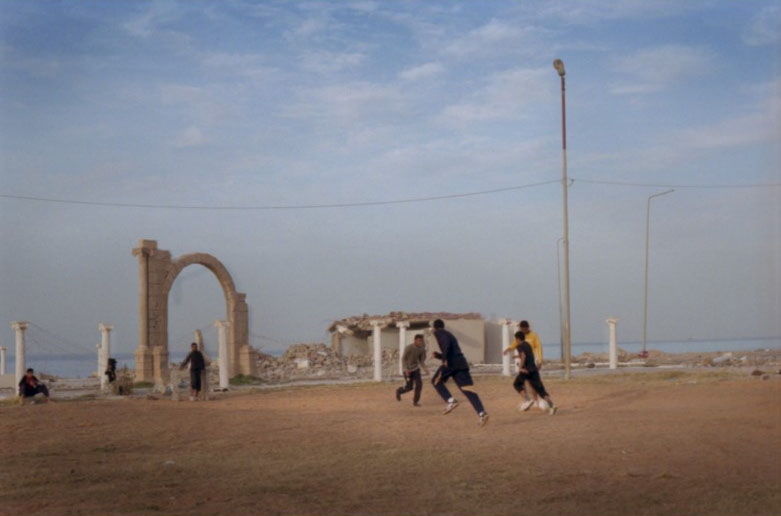
Blurred memories of the past
The work of the third artist in the show, Adelita Husni-Bey, also focuses on contemporary Libya. Being Italo-Libyan, Husni-Bey represents the real junction that allows for a dialogue to happen. Her approach to art is driven by what she defines as “anarcho-collectivism,” which she associates with studies in theatre, law, and urban planning. Her practice is based on an examination of how communities function under a capitalist model. Her artwork emerges from collaborations with activists, architects, jurists, scholars, and others, presenting an alternative perspective on cultural resilience.
In the Tripoli show Husni-Bey — today a very successful artist internationally — decided to showcase one of her very first photographic series that reflects her relationship with Benghazi — a city described as distant, mixed, and blurred like a memory.
“In 2009, in the pre-revolutionary period, I tried to photograph some aspects of the city but I could only do so furtively, from inside a car driven by my father, for fear of arousing suspicion and being approached by security forces,” says the artist. “It is therefore an attempt to observe and identify in some voyeuristic and liminal way, and I think it accurately reflects my relationship with my roots.”
“In choosing the works I have also thought of the words of James Baldwin…who described identity as a cloak of people of the desert, soft, waving in the wind and serving to cover your nakedness,” adds Husny-Bey. “I think that’s the best description of identity, a veil — not as something immutable but like a garment, which can change like the relationship with the own place of origin, with its own roots, with its own meaning of oneself.”
The artist doesn’t see identity as a fixed characteristic, but one that changes over time: “We identify ourselves with attempts to define it.” She adds that her photographic work and more in general representation through art can fix a particular moment, an attempt, in time of identification: “In my case, being part Libyan and having lived part of my childhood in Benghazi, this series photography represents one of these attempts.”
Put side to side, the works of the three artists emphasize commonalities between Libya and Italy, but don’t fail to also investigate the power dynamics between these two countries.
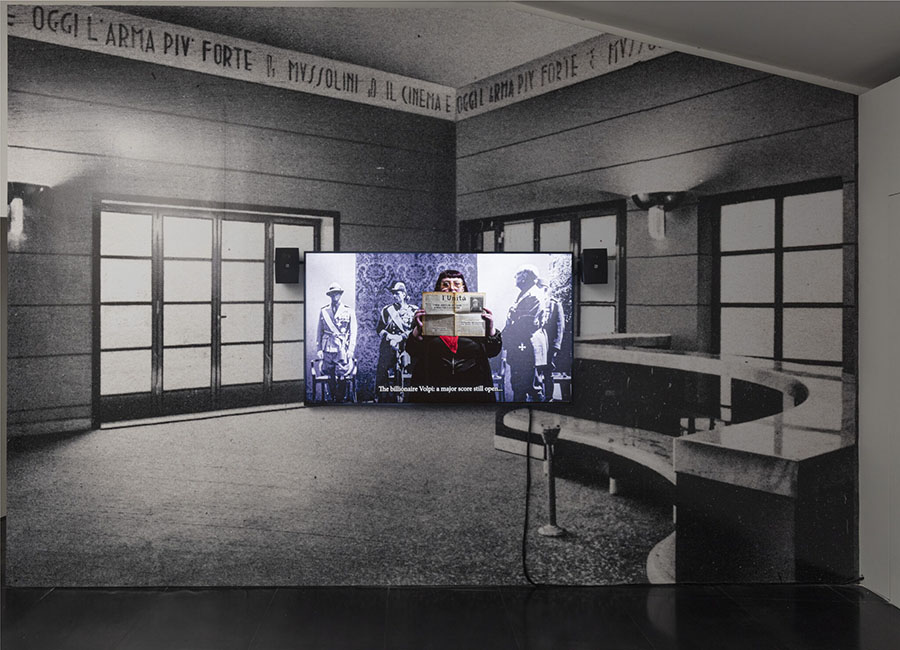
The neocolonial spectacle
Dynamics of power between Italy and Libya are central in the work of another Italian artist, Alessandra Ferrini, who in one of her most celebrated creations, “Gaddafi in Rome,” investigated the public servility of Italian politics during a specific moment in time.
Structured as a long-form essay, “Gaddafi in Rome” is a film that dissects the 2009 meeting between Silvio Berlusconi and Muammar Gaddafi in Rome. This historical event resulted in bilateral agreements on migration, which cemented the “pushback policy” — the forced return of migrants crossing the Mediterranean to Libya.
This turning point in the relations between Italy and Libya was fueled by Italy’s need to secure petrol and stop the arrival of migrants on its southern shores. In exchange, Italy had to bend to Gaddafi’s request for colonial reparations, in the form of financial investments and infrastructural work. This political event caused a media frenzy in Italy and led to the use of real-time reporting on an unprecedented scale.
“‘Gaddafi in Rome’ enacts a symbolic ‘public dissection’ of this neocolonial spectacle,” says Ferrini, who in her work focused on the media representation of power structures, and on the performative aspect of the meeting. “With this work, I wanted to reflect on colonial continuities, the abuses of history, and contemporary neo-imperialist politics within the Euro-Mediterranean,” she says.
Ferrini’s work is permeated by this critical look at the legacies of Italian colonialism and is also the central theme of her new exhibition, Unsettling Genealogies. The show just opened in Florence on the 16th of February, and interweaves family stories with an examination of colonial history, social class, European imperialism, and fascist legacy.
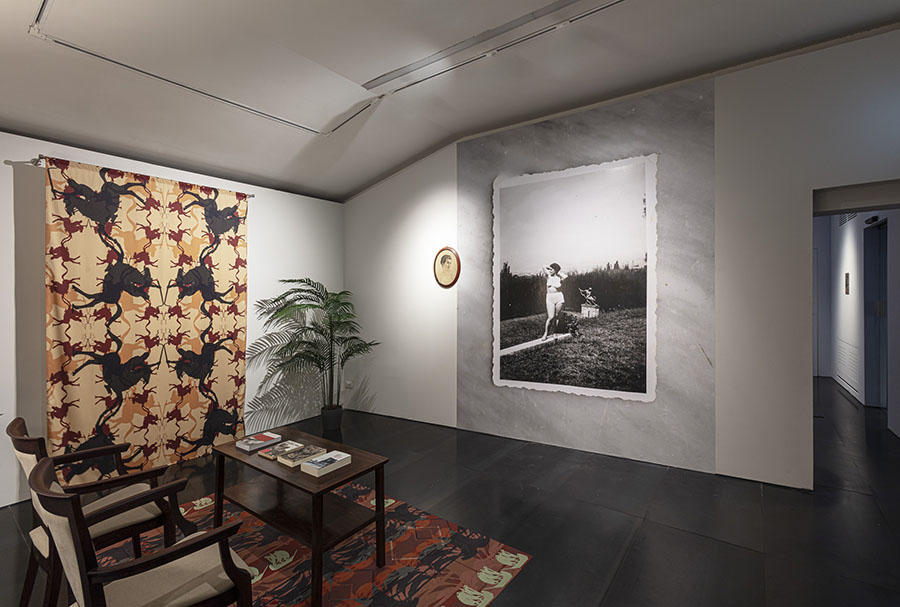
“In Unsettling Genealogies I wanted to critically investigate the colonial and fascist origins of some Italian cultural institutions, such as the Venice Biennale, and their founders.”
The work is inspired by a photograph that portrays Count Giuseppe Volpi di Misurata, an Italian entrepreneur, and politician heavily involved in the “pacification of Libya,” at the inauguration of the Third Venice International Film Festival in 1935, which he contributed to founding.
The project consists of an interactive installation that the viewers are supposed to inhabit, and it serves as a time machine. In the work, she combines personal stories from her own family with historical moments in history and theoretical reflections. “My idea is to have the viewer step into the installation — which is almost as a cinematic set that brings him back in time — to spur reflections on colonial history, the concept of social class, European imperialism, and the fascist legacy.”
The Florence exhibition is part of Ferrini’s broader project and includes workshops, readings, and presentations focusing on anticolonial approaches to artistic practice, literature, and translation. The program involves the exploration of Libyan heritage and Italian colonial legacies through the practices of various artists and researchers.
Among them is Berlin-based Tripolitanian artist Tewa Barnosa, who is currently in residence at Villa Romana in Florence, working on a new project whose first iteration will be a performance lecture, called “Casa Langes: within the transitions.” The research behind this work delves into the historical power transitions within the neighborhood of Casa Langes in Tripoli.
With her performance lecture, an academic presentation to an audience involving a looser connection of ideas compared to a classical lecture, Barnosa explores Libya’s colonial and totalitarian shifts. The artist connects archival methodologies with her own memories, unravelling the intertwined narratives of state institutions, political figures, martyred activists, and family sagas.
Tewa Barnosa’s work mostly concentrates on the post-Ghaddafi era, though it would be interesting to get her perspective on the way Libyans perceive colonialism today. It would seem that contemporary relationships between Libyans and Italians are devoid of harshness, although people from Cyrenaica especially might still feel the pride of having resisted the oppressor.
We need to consider that on one hand, the older generation which experienced the bloodiest ravages of “pacification” is no longer alive. On the other, most Libyan youth experienced restriction of freedom during the Gaddafi era and the chaotic times of civil war, so there are more pressing wounds and painful scars that don’t allow the general population to dwell on past pain.
Libyan writer and journalist Khalifa Abo Khraisse says that it’s varied, and difficult to pinpoint the attitude of Libyans towards the Italian colonial legacy. “Sometimes we are aware that it is a remnant of that era, still, we dismiss it, we take it for granted,” he says. “My grandmother, for instance, she knew how to read, write and speak Italian, but she didn’t read and write Arabic and I assume that was the case for many other elderly as well. We use a lot of Italian words in our Libyan slang and we consider it ours. Sometimes we are proud of this heritage; take the coffee in Libya for example, and especially Tripoli. we are proud that it is the best in the entire region.”
He says that you read a lot of Italian names on the cafés and shops, and evenings you will see people watching the Italian football league in the cafés, familiar with the players’ names. “It is as if the new generations don’t hold really a historical grudge, or perhaps it’s part of a complicated relationship where the feelings are mixed,” notes the writer.
The colonial past has also been used as a colonial tool. Kraisse says that recently pro-Haftar journalists tended to write and post a lot of texts comparing historical events. “They were accusing the people of Tripoli of being traitors who work for the Italians, and they are like their grandparents who welcomed Mussolini and worked with him, using events, photographs to historically shame each other,” he says. “The funny thing about it, is that they are closing their eyes to the fact of French involvement and support for Haftar, and that France as well had a very dark colonial history.”
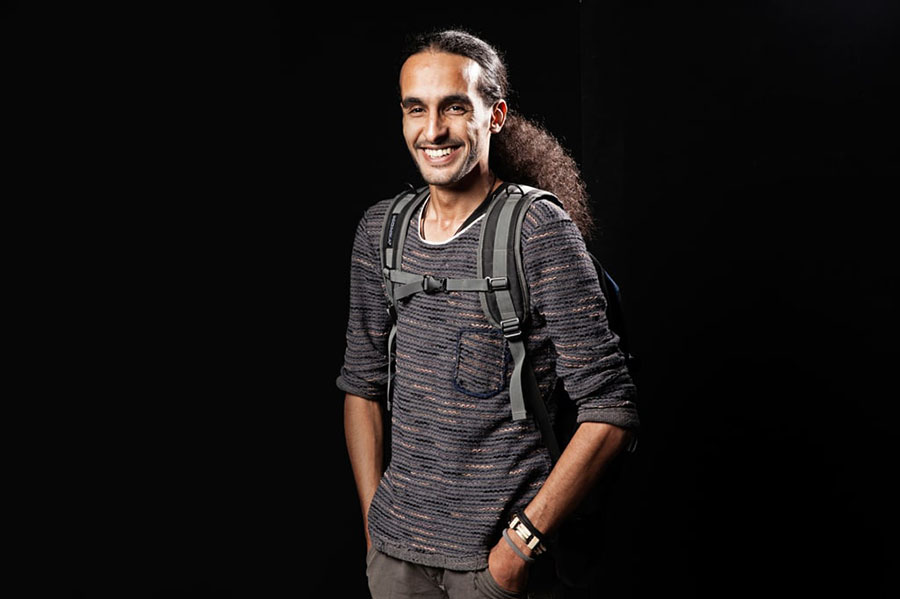
Identities that mutually define
Ultimately, both the shows Art as Identity, and Unsettling Genealogies follow, curatorially, a trail: understanding what was, deciding what to bring along from the past and what to burn down. And everyone has something to burn.
In fact, it’s not just the Libyans having to deal with their colonial past, but it’s also the Italians trying to make sense of their historical ties with Libya over time. It’s safe to say that in both exhibitions, the two countries try to mutually define, through these different points of encounter in history, whether it’s the Romans, colonialism, or migration and economic treaties.
A common desire to redefine and reconstruct cultural identities is found in both these Libyan and Italian artists. And inevitably, the individual drive flows into the collective, in an attempt to bridge this little history with the grand history through art, in a cohesive, emphatic narrative.
Kraisse has travelled extensively around Italy and met many Italians who were born in Tripoli, and others whose fathers and grandfathers came from Tripoli. “I met Toni in Padova, he was born and lived in Libya until he was forced to leave in 1970 when Gaddafi ordered the Italian settlers in Libya to evacuate within 24 hours. He told me ‘I am a migrant, I was forced to leave my country long ago, and I lived in Italy as a refugee.’
“He came to dinner with his wife, and I met him, he saluted my Libyan accent, and we spoke the whole night,” recounts Kraisse. “He was happy, he told me many things he misses about Libya, he showed me photos of himself and his sisters in Tripoli, wearing the Libyan dress. He used to live in Alhadba Alsharqyea. He told me when he was about to leave: ‘thank you, I felt that I am in Tripoli tonight.’”



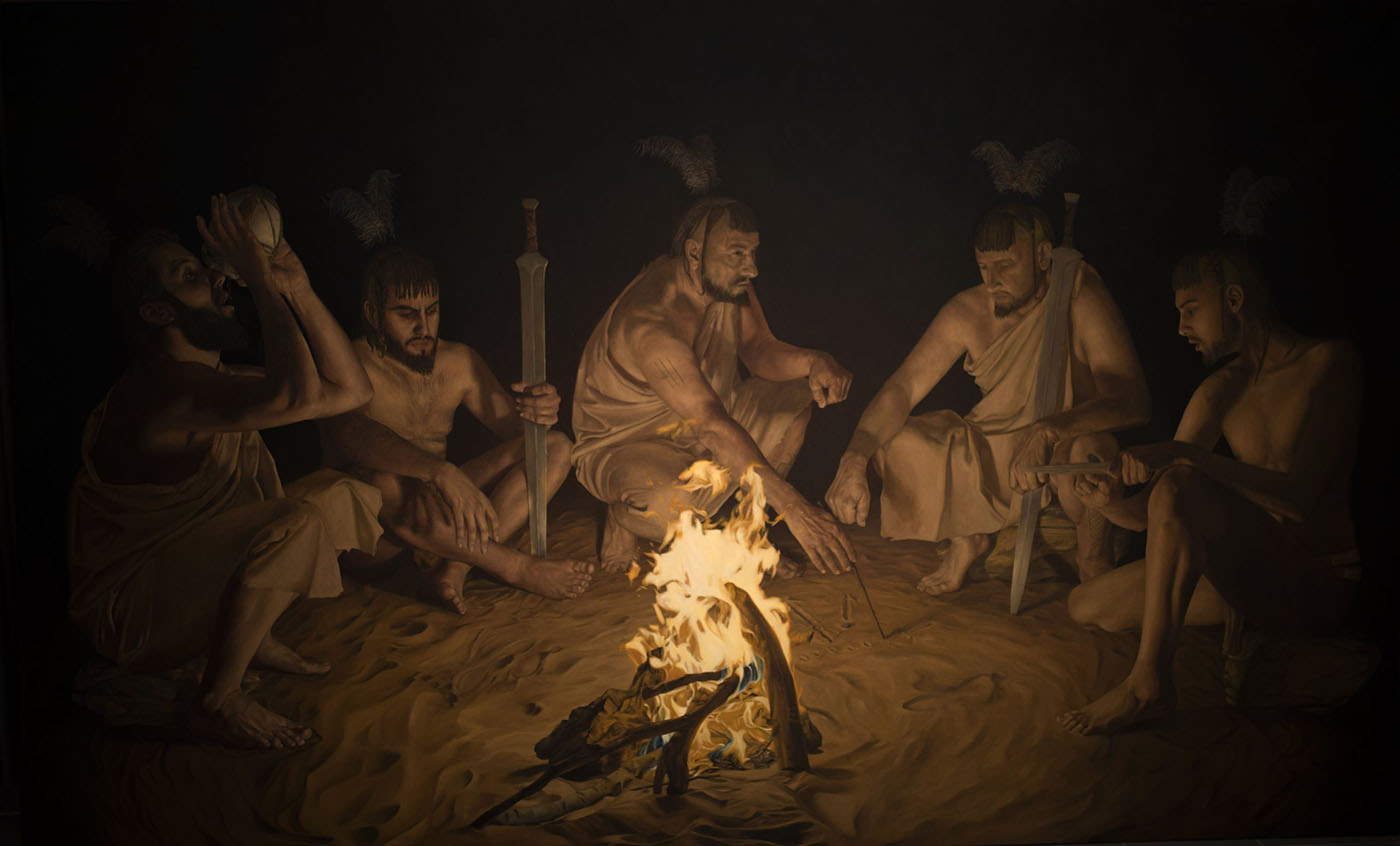
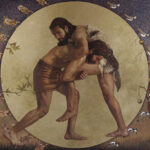
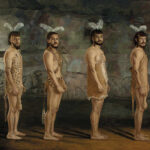
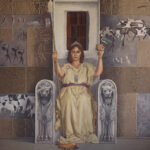
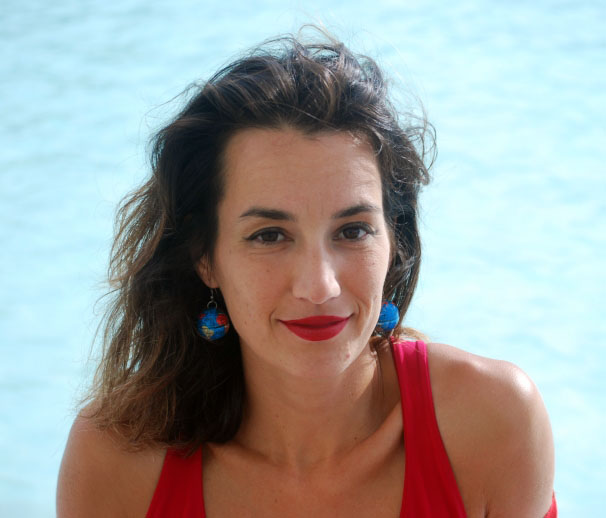
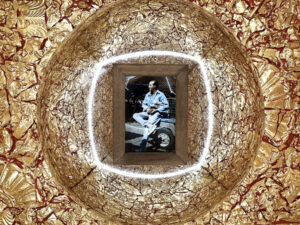
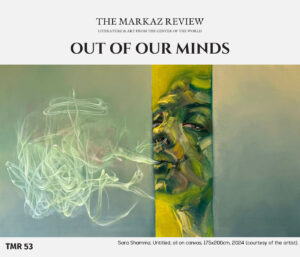
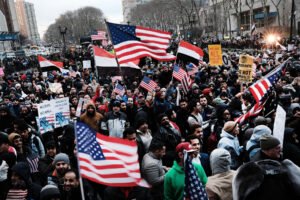
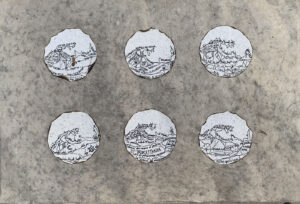
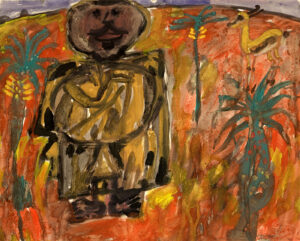

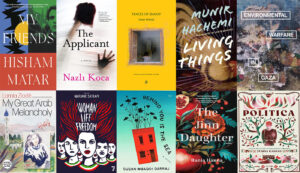
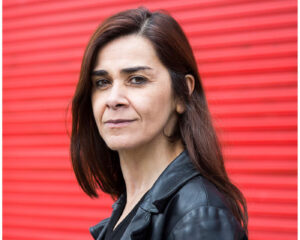




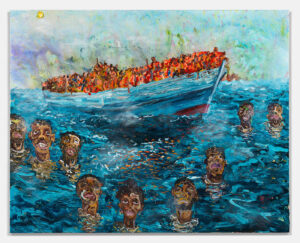
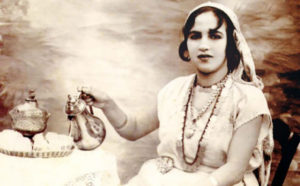

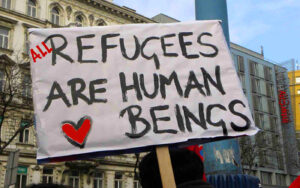
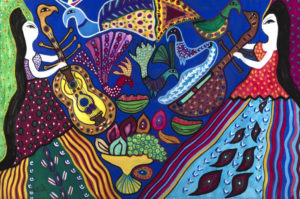
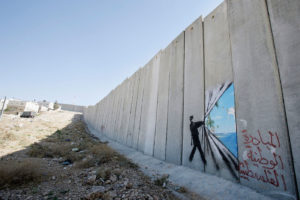
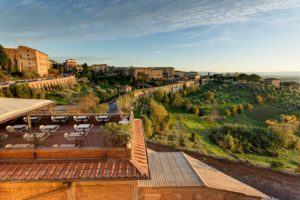
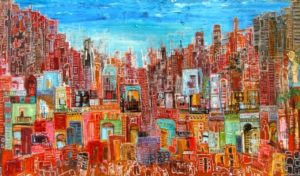

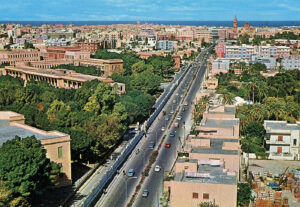
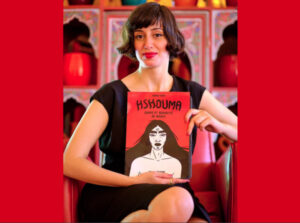





Very interesting.
Thank you ❤️😃
Very Beautiful. and good job ❤️😃